
It isn’t my imagination. My children’s backpacks got heavier with the weight of those textbooks over the past few years. And I don’t think the weight of student backpacks are just my concern. I heard a rumor that even tiger moms are advocating for lighter school backpacks.
So what have I tried as a solution to the problem in my home? Purchasing an extra set of textbooks (expensive!). Trying to convince my kids that a rolling backpack is cool and won’t trip up their friends in hallways (no way Mom!). Trying to purchase the superman-strength backpack model available with bottoms that won’t blow out and straps that won’t tear off in one semester (still looking). Trying to understand why we can’t lighten things up a little with some innovative help from technology (I like the sound of this idea).
Three out of four parents with school-age children recognize the McGraw-Hill name in education. How does a leading provider of learning tools plan to help learners worldwide attain the 21st century skills they need to succeed and perhaps lessen their loads in the process? I had the opportunity to discuss this with Vineet Madan, Vice President, McGraw-Hill Higher Education eLabs, where he leads digital strategy across the company.
How will the evolution of technology affect the way students use textbooks in school?
We have been evolving our products and services along with the technology that has been deployed in schools. If we look back at the CD Rom days, we were doing interactive science programs which combined the textbook with media elements such as video and audio clips which came along with the book. That was state of the art in digital education.
Over the past couple of years, as the markets we serve have become equipped with better technology, we have moved a number of those stand-alone resources onto the web. The next steps were to consider what teaching and learning could become, using the tools and content we’d already developed. This meant envisioning experiences that were exclusively web based. We now have science and math products that are completely web delivered. We have personalized learning programs such as The Power of U that can assess each student’s skill level and determine how each can progress through lessons most effectively, d.h.. a personalized GPS for a learning experience.
Mit The Power of U we focused on math instruction. We took our field-tested content, and matched that up against where students are in their learning progression. Beispielsweise, all students in a third or fourth grade class need to learn the same things by the end of the year, but the reality is that all students don’t learn the same things in the same way and at the same pace. For some students, reading the material and then doing an online tutorial session may be very effective. For another student, a high engagement and retention level may be about working in a teacher facilitated group with four or five students. We are able to track how students are doing in each of these different modalities and understand the skills that they still need to master for a curriculum, which in this case is math. That’s an example of ripping the spine off the book, taking advantage of the data that’s available, and building a new learning experience with what we believe will be significantly better learning outcomes.
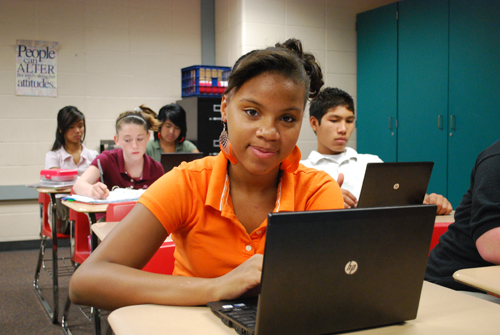
What are you doing to help teachers develop the skills to use these new products effectively?
We are looking at the teacher side of this in a couple of different ways. We’re collaborating with some of the schools of education to ensure that future teachers have access to the new products, Werkzeuge, and training they’ll need before they start using them in the classrooms. The bigger issue concerns teachers who have been teaching for some time. We’re investing a lot of resources in professional development, product training, and product support. As we move further into software based learning tools in school environments, the onus is on us as well as on the school district to ensure we’re providing fully satisfactory levels of product training and product support. You can’t put online products out in the field where teachers don’t have ways of accessing support in real time.
Can you share an example of how technology can enhance a teacher’s experience in the classroom?
We have a new social studies product that officially comes out in January called Networks. It is a mix of a print and digital offering, and can actually be customized to be more print or digitally centric depending on teacher choice. There are tools built into the digital program that help the teacher with lesson planning. It makes sure that the topics teachers choose track against common core standards and the things that the teacher needs to measure. In an offline world, teachers have to do this manually. We are using software to make that a more efficient and supportive process for them.
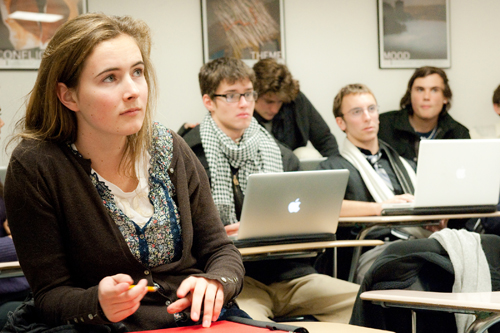
What are your predictions in terms of the shift from the printed textbook to the online textbook in the next 3 zu 5 Jahre?
Let me talk about what I think can happen and then what I think werden happen. The availability of tablets and computers here and abroad in schools is still very limited. I think the average number of students to a computer in the US is 3 zu 1. Zunächst, you need to have better computers in schools, you need to have greater bandwidth available, and teachers have to be ready to use technology in their teaching process. Those things must be in place first before the instructional model will change significantly. Children are generally comfortable using technology. The K-12 education market has not quite caught up to where consumers and many of these younger learners already are. So I would say that in the next three years, a significant amount of investment needs to be made in technology infrastructure and training. Some school districts in the US are making those investments now, but it isn’t happening universally.
So what is happening now, and will continue to happen, is the use of interactive whiteboards (nearly ubiquitous in UK classrooms now) and projectors to bring a digital experience into the middle of the classroom. The live integration of audio, video and simulations at point of instruction enhance lesson delivery.
As price points for digital devices drop and they become more widely available in classrooms, we’ll see a shift towards more guided and supported learning where individual students will navigate through a personalized content experience with guidance from teachers and from the software itself. Personalization will help break the performance rut associated with today’s industrial production model of education.
Final thoughts on McGraw-Hill Education’s digital focus going forward?
As a company, we believe technology has great potential for improving individual and aggregate performance of the educational system across all of our markets around the world. We are sharply focused on developing the educational technology that will have greatest impact in the teaching and learning experience. We believe that if the teaching and learning experience is facilitated with technology, student performance will be tracked at a finer level, and as a result, we can tailor more of the instruction to individual student needs. We have documented how our individualized learning tools used in education can result in significant student performance improvement levels — close to a full grade improvement. We are focused on refining our technology and making it broadly available to students and teachers at every level, überall auf der Welt.
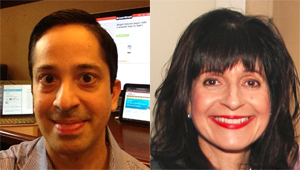
Wie werden wir gelesen? Community-Seite
For How Will We Read? Artikel: klicken Sie hier
C. M. Rubin ist der Autor des viel gelesenen Online-Serie, “Die globale Suche nach Bildung,” und ist auch der Autor von drei Bestseller-Bücher, Inklusive “Die wahre Alice im Wunderland.”

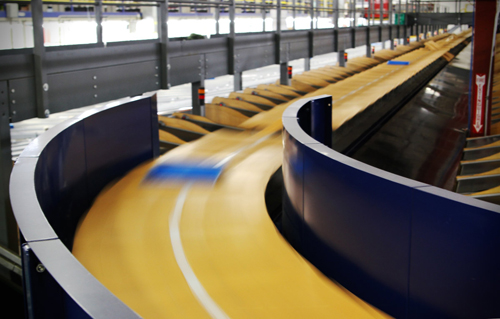
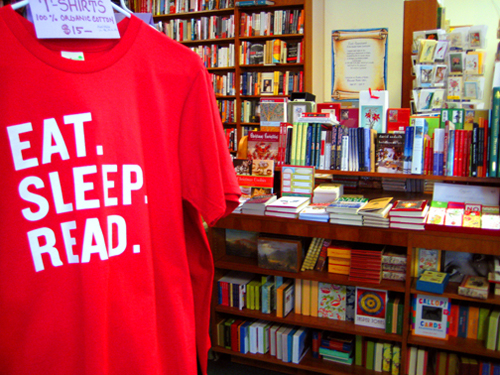

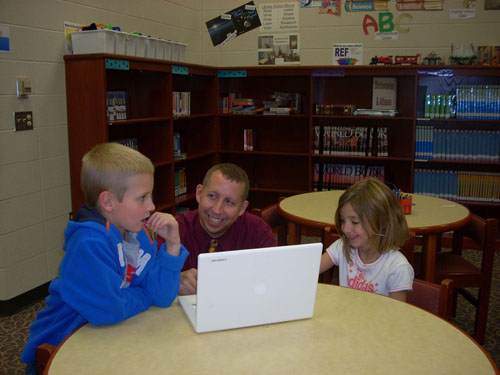
Jüngste Kommentare